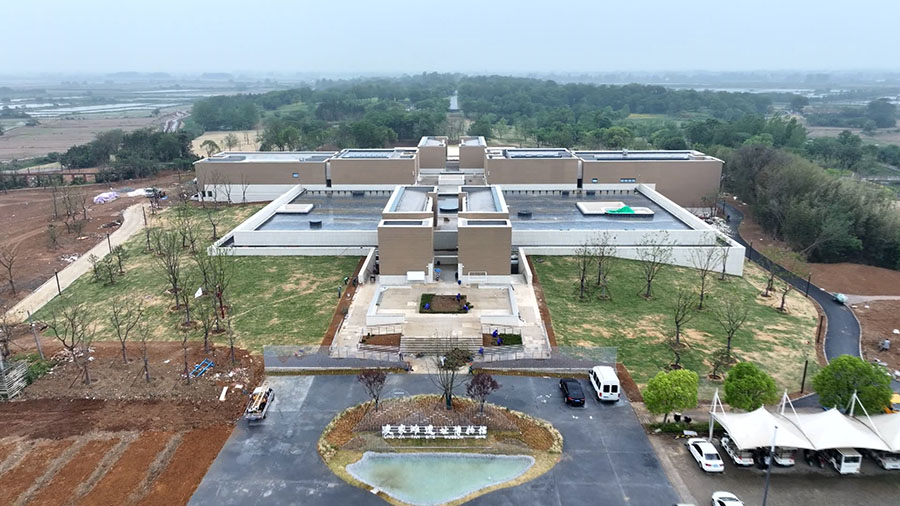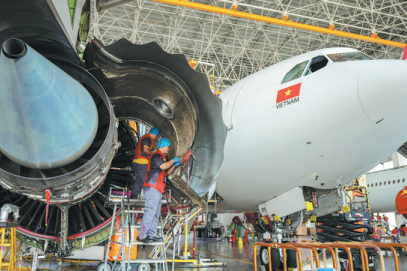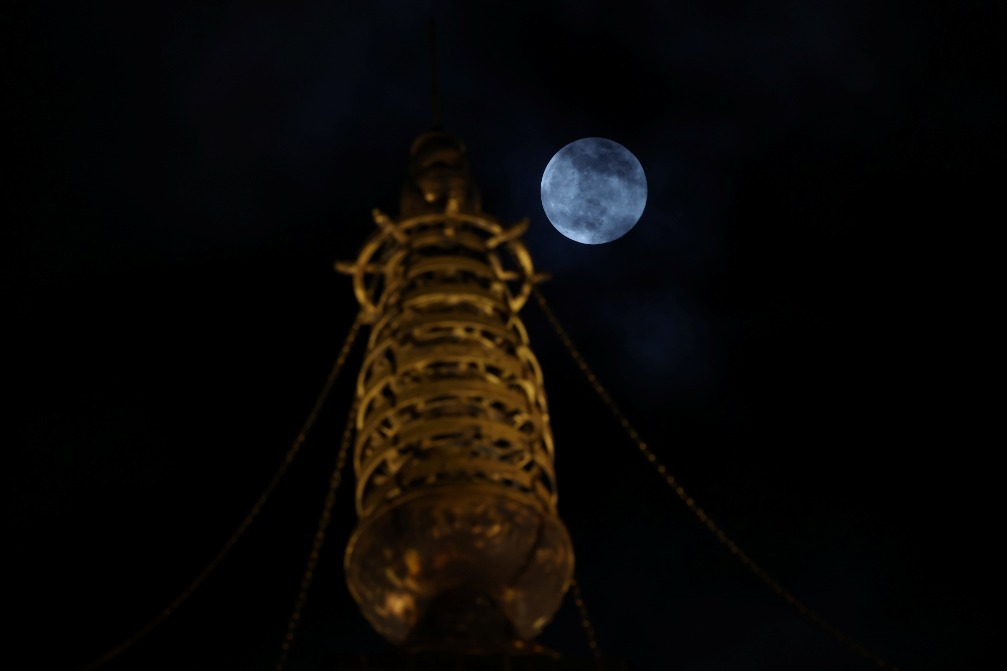New museum in Anhui to offer closer look at the origins of Chinese civilization


The Lingjiatan Site Museum, a new archaeological museum on origins of Chinese civilization, will open on May 16 in Anhui province.
The Lingjiatan site in Hanshan county, Ma'anshan, Anhui, is a late Neolithic settlement in the lower reaches of the Yangtze River and stands as a pivotal node in studies of early-stage Chinese civilization. It dates back to 5,800-5,300 years.
In recent years, the archaeological research and preservation efforts at the Lingjiatan site have made substantial progress. The museum will serve as a crucial platform for showcasing archaeological research outcomes and elevating the construction standards of the Lingjiatan National Archaeological Park. It aims to stand as a vital gateway for inheriting and promoting the rich traditional Chinese culture, demonstrating exemplary and pioneering roles in creative transformation and innovative development.
With an exhibition area of about 4,000 square meters, the new museum will showcase around 1,100 artifacts such as pottery, jade objects, stone tools, and bone artifacts. Among the highlighted relics on display are a double-sided circular jade dragon, a jade eagle adorned with octagonal patterns, vividly sculpted jade figures, ritualistic jade turtles, tablets, and pigs, as well as newly excavated dragon-headed jade artifacts and the largest known prehistoric stone axe. Many of these artifacts will be exhibited for the first time, offering visitors a firsthand experience of the profound historical significance of the Lingjiatan site in the origins, formation, and early development of Chinese civilization.
























